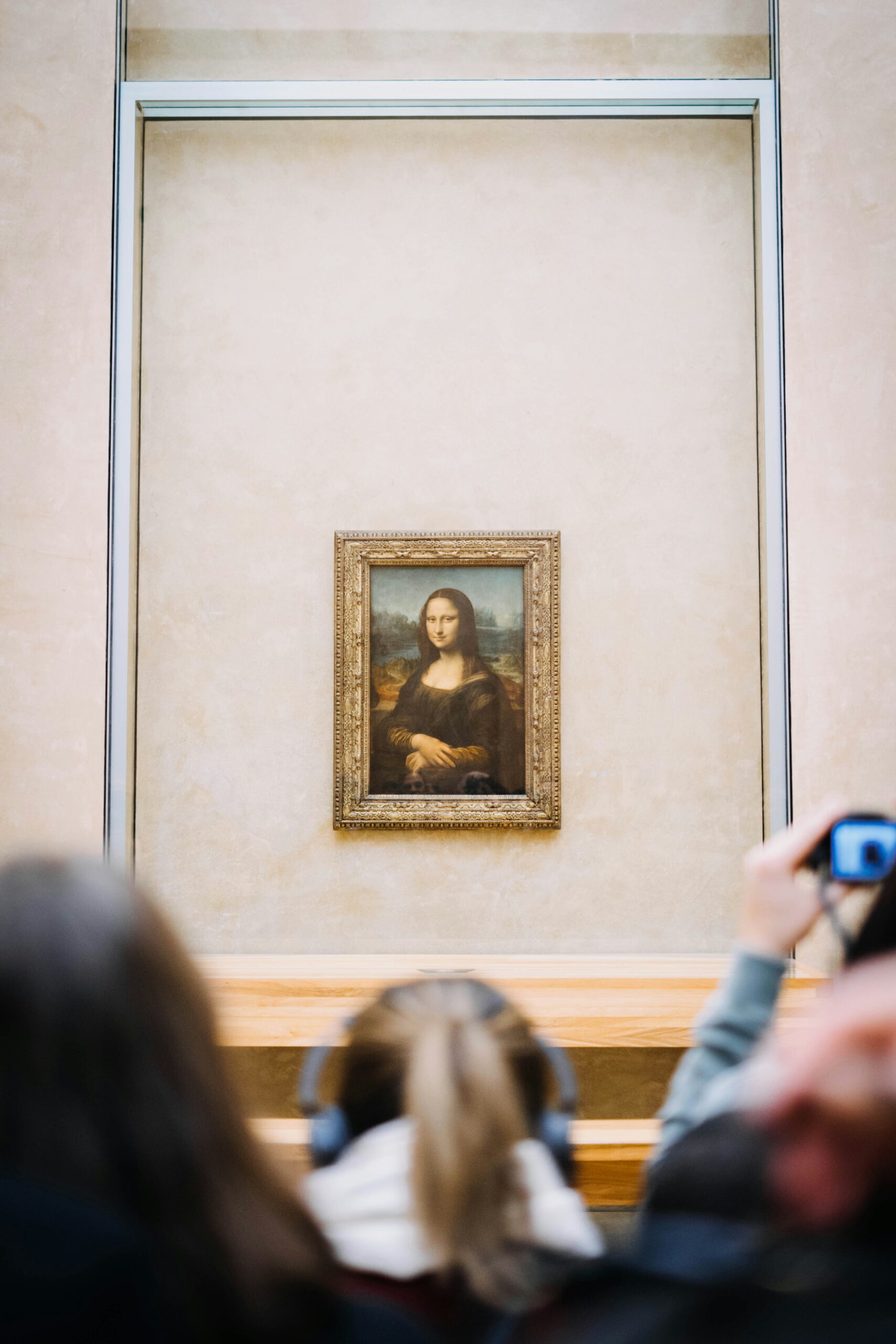He has an exceptionally long nose that is synonymous with him. Every morning, he goes around the village telling lies in a loud voice, yet he is a lovable character.
I think Usopp of ONE PIECE has a particular presence in this great work. If you actually apply it to him, he may indeed be a bit troublesome as a neighbor, since his lies went on every day ___
Why Do People Need a Day for Telling Lies?
One basis for this is the existence of April Fool’s Day. If you try typing “April Fool’s Day” into Wikipedia, the explanation of its origin begins as follows.
Although many theories have been proposed throughout the years, the origin of April Fools’ Day is not exactly known.
April Fools’ Day : Wikipedia
The more I think about what is written here, the more mysterious it seems to me.
If it were another seasonal event, its origins would mostly be clear, and there would be some commercial aspect to it. However, when it comes to April 1st, it seems that people just tell little lies or play pranks, and there doesn’t seem to be any room for “money” to come into play. Even so, seeing that it still exists in people’s calendars as a conscious date, it might be that they want to keep “this day” as a little break from the rest of the year.
And that feeling was no exception even in the world of art, which is seen as highbrow.
This is a story about art and a little bit of playfulness.
A New Side of the Mona Lisa?
The Mona Lisa is one of the world’s most famous paintings.
In 1990, The Independent reported that an art restoration team making a major cleanup of the Mona Lisa made a startling discovery. After removing a layer of dirt, they found that she was actually frowning in the painting.
This kind of joke about the “Mona Lisa” has become a regular refrain among many people, from the media to the public.
In addition to this, museums often make statements and plan exhibitions.
For example, on April Fool’s Day, they might display fake works that look just like the originals, mix false information into the explanatory texts, or even exhibit replicas made by the staff as “newly discovered” works by famous artists. It might seem like too much of a prank, but just for this day, it’s all in good fun.
At MoMA, there was a time when they displayed a sign saying “All artworks are fakes,” which not only served as a mere joke but also prompted people to think about what art truly is.
The Thoughts Hidden Behind the Mechanism
It is not April Fool’s Day, but a major incident that took place at an art market is still fresh in our memories.
First of all, in the world of the art market, there exists something called the secondary market. Artists create their works and price them while gauging the market, and collectors or buyers purchase them. This is called the primary market. On the other hand, when owners sell their works again at auction, this is called the secondary market, and the difference between the primary market price and the auction price reflects the future market value of the artist.
On October 5, 2018, a major event that quickly captured attention occurred at this art market.
The mastermind behind the incident in London is named Banksy.
In an antithesis to the strong link between capitalism and art, he had a little trick up his sleeve.
On that day, a work titled “Girl with Balloon” was put up for auction, and the price soared one after another, reaching £1 million, approximately ¥150 million, before the hammer fell. Then, at the sound of the hammer, the device hidden in the frame caused “Girl with Balloon” to be shredded into tiny pieces.
“Girl with Balloon” was shredded to pieces.
This seemingly inconspicuous sentence, which one might read through without much thought, eloquently speaks to one perspective on the question of what art is. The material itself of “Girl with Balloon” indeed turned to dust, but the “painting” as art can be said to have been completed only when the device was activated. In other words, the activation of the device was the final stroke.
In this way, we have introduced various events, ranging from slightly humorous ones to those that serve as an antithesis to rigid notions of art, prompting us to think about what art truly is. Art doesn’t get angry. Its ability to tolerate a little bit of playfulness is vastly different from the image of “noble art.”.
Just like taking a quick coffee break, it would be nice to have an art break in our daily lives, where we can push the limits and enjoy a little humor on the stage of art.




